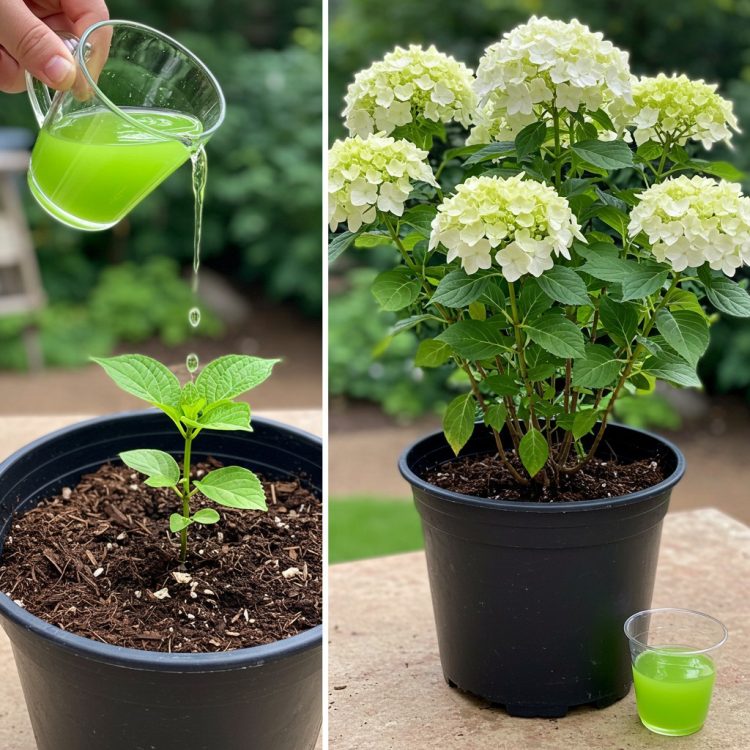Hydrangeas are among the most striking and beloved flowering shrubs in any garden. With their large, colorful blooms and lush foliage, they add instant charm and elegance to any outdoor space. The best part? Despite their sophisticated appearance, hydrangeas are surprisingly easy to grow and care for—with a few simple tricks.
Whether you’re planting them for the first time or looking to improve your results, this guide will help you grow healthy, beautiful hydrangeas that will impress all who see them.
Why Choose Hydrangeas?
Hydrangeas offer more than just visual appeal. Here’s why gardeners love them:
Versatility: They grow well in borders, containers, hedges, or as stand-alone features.
Bloom Variety: From ball-shaped clusters to delicate lacecaps, their flower forms vary widely.
Color Options: Depending on the soil pH, you can grow pink, blue, purple, or white flowers.
Long Blooming Season: Many varieties bloom from late spring well into summer.
Their adaptability and dramatic blooms make them a standout addition to almost any garden.
Choosing the Right Hydrangea Type
There are several types of hydrangeas, and choosing the right one is essential for success in your space. Here are the most common varieties:
Hydrangea macrophylla (Bigleaf): Known for its mophead or lacecap blooms; flower color changes with soil pH.
Hydrangea paniculata (Panicle): Cone-shaped flower clusters; very hardy and sun-tolerant.
Hydrangea arborescens (Smooth): Includes the popular ‘Annabelle’ variety; ideal for colder climates.
Hydrangea quercifolia (Oakleaf): Distinctive oak-like leaves and excellent fall color.
Consider your climate, sunlight, and desired flower type before choosing a variety.
Best Location and Soil for Hydrangeas
Hydrangeas thrive when planted in the right location. Most varieties prefer:
Morning sun and afternoon shade: Especially important in hot climates.
Shelter from strong winds, which can damage large flower heads.
Well-draining soil: Avoid heavy clay or constantly soggy areas.
Amend the soil with compost or organic matter to ensure good drainage and fertility. Hydrangeas also prefer slightly acidic soil, especially if you’re hoping for blue blooms.
see continuation on next page
